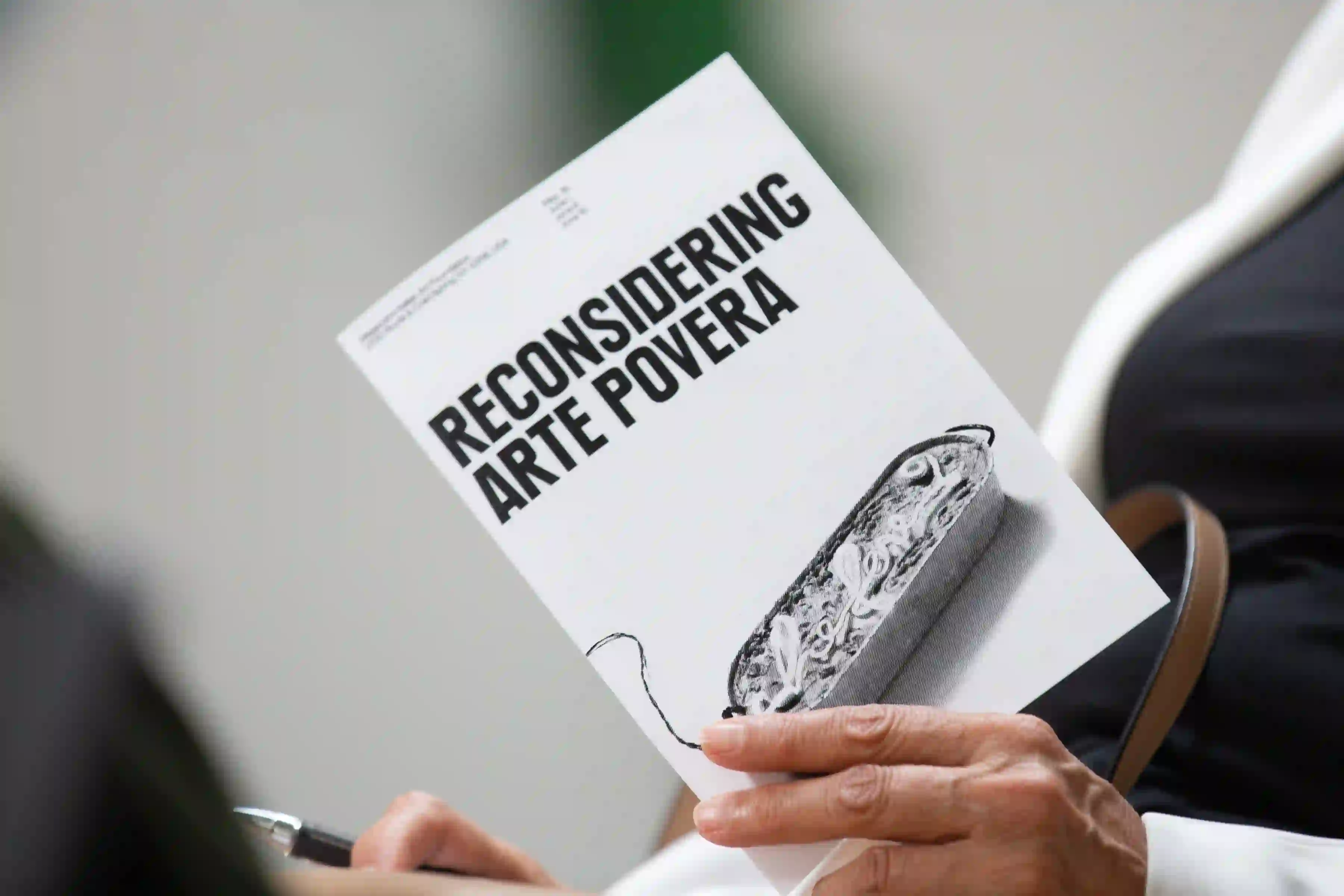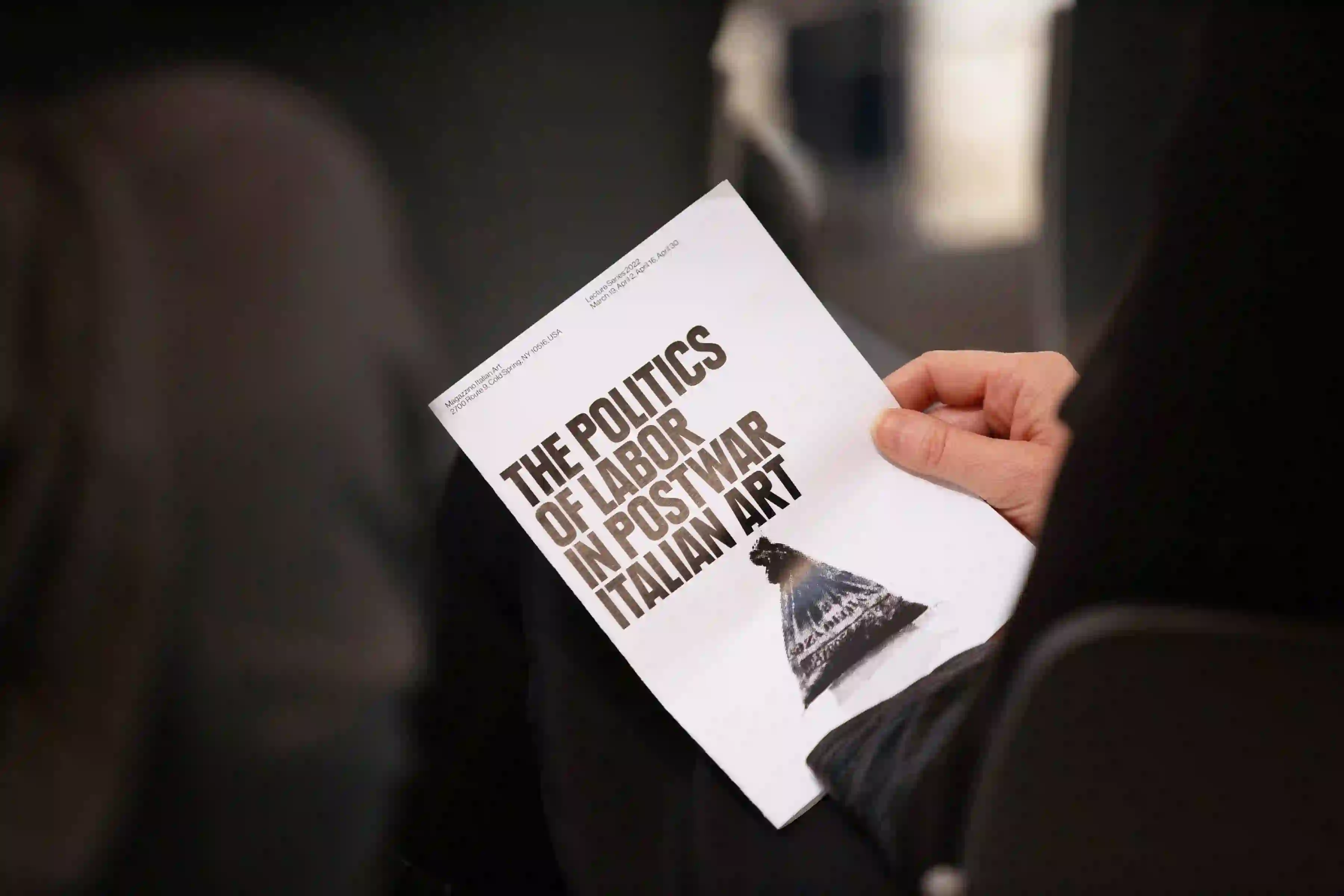As part of its spring and summer season, Magazzino Italian Art Foundation presented Reconsidering Arte Povera, a four-part lecture series exploring new insights into Arte Povera. The series embodied Magazzino’s enduring commitment to creating new opportunities for scholarly research and critical assessment of Italian postwar and contemporary Art.
Organized by Scholar-in-Residence Francesco Guzzetti, the series convened leading scholars and curators in the field to explore the work of the Arte Povera artists, its critical reception, and relevance to contemporary art—both in Italy and the United States. Launching the program, Guzzetti presented a lecture on his findings over the course of his year spent researching Arte Povera works at Magazzino and in the new Research Center. Visitors were encouraged to explore the galleries following the lectures.
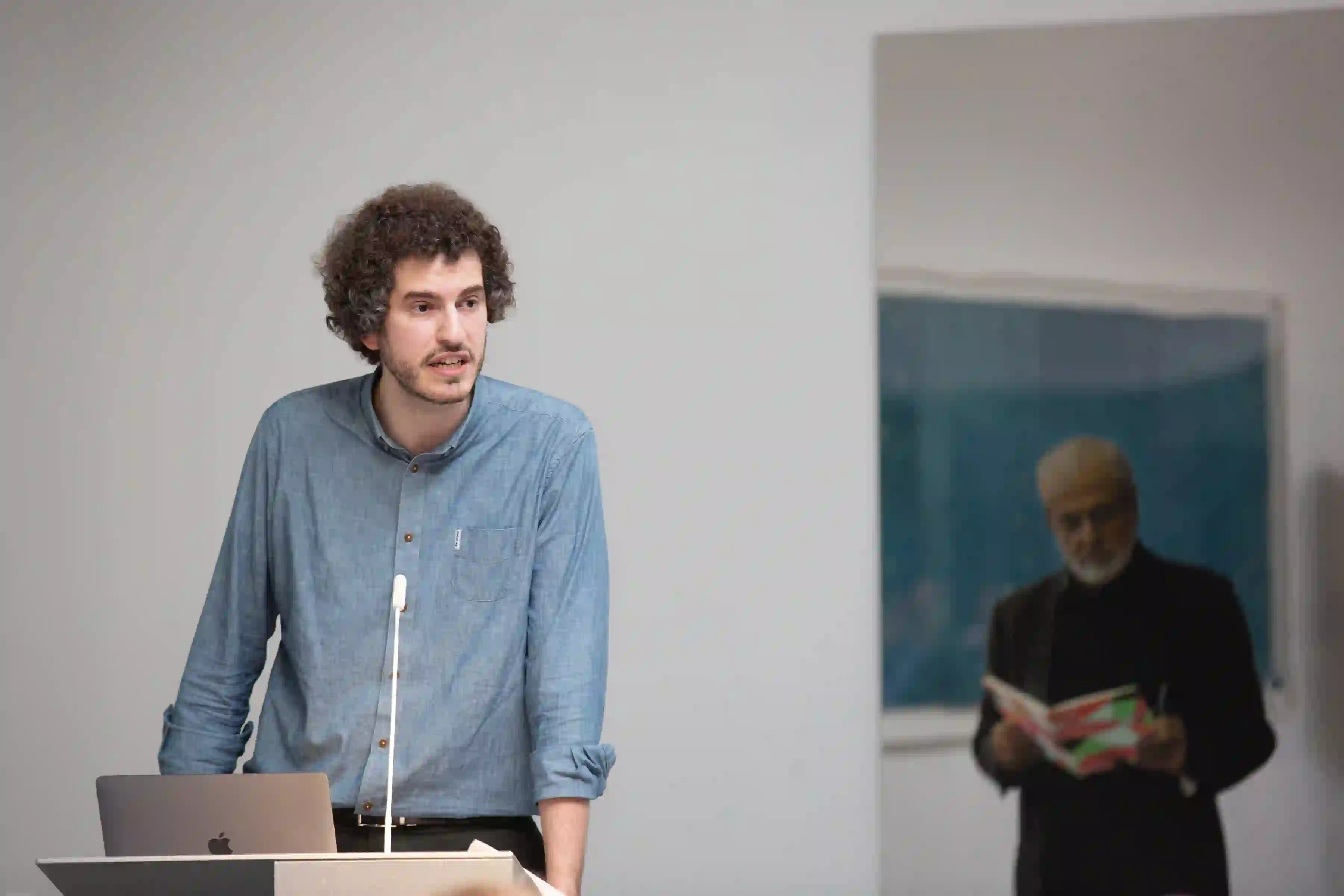

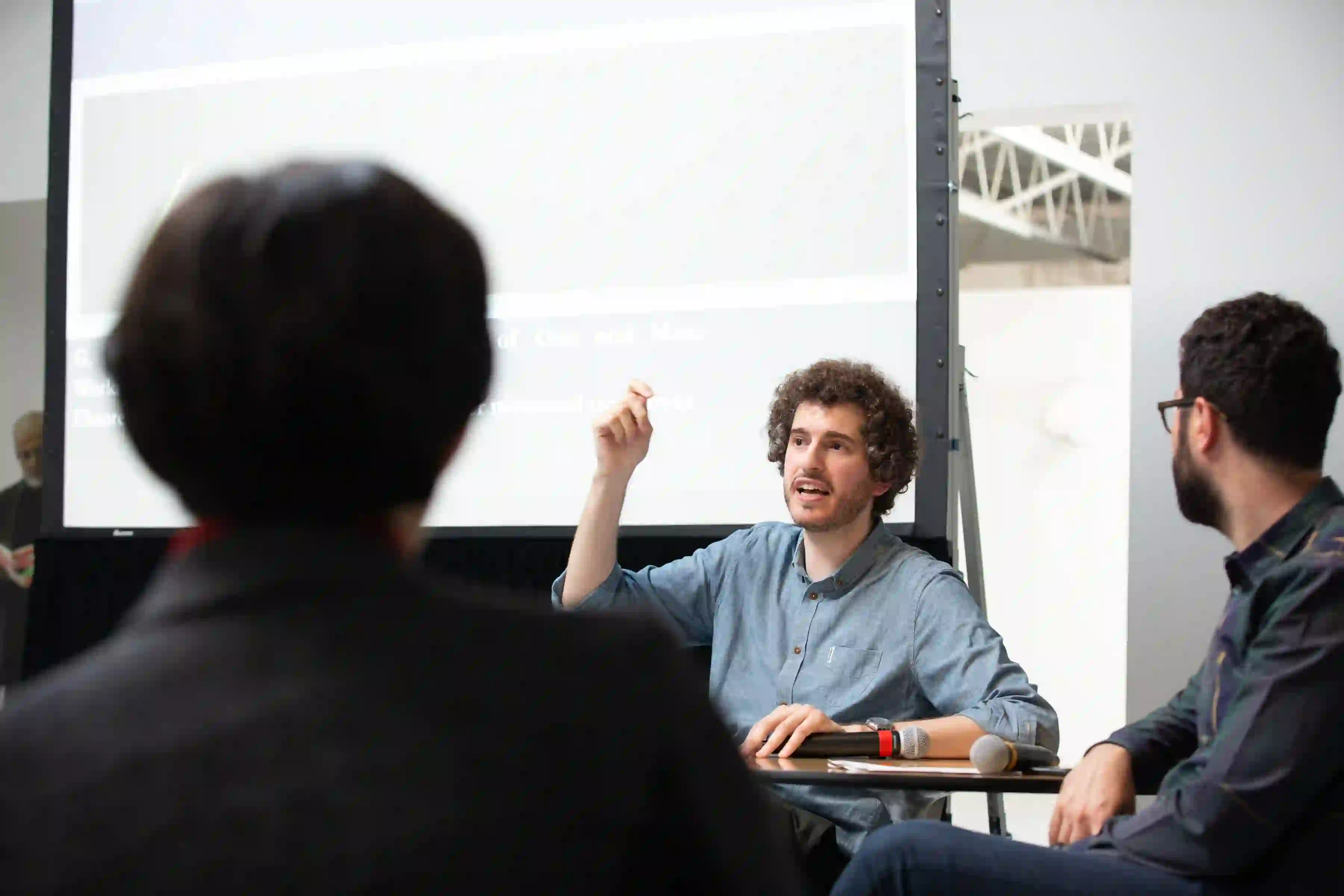
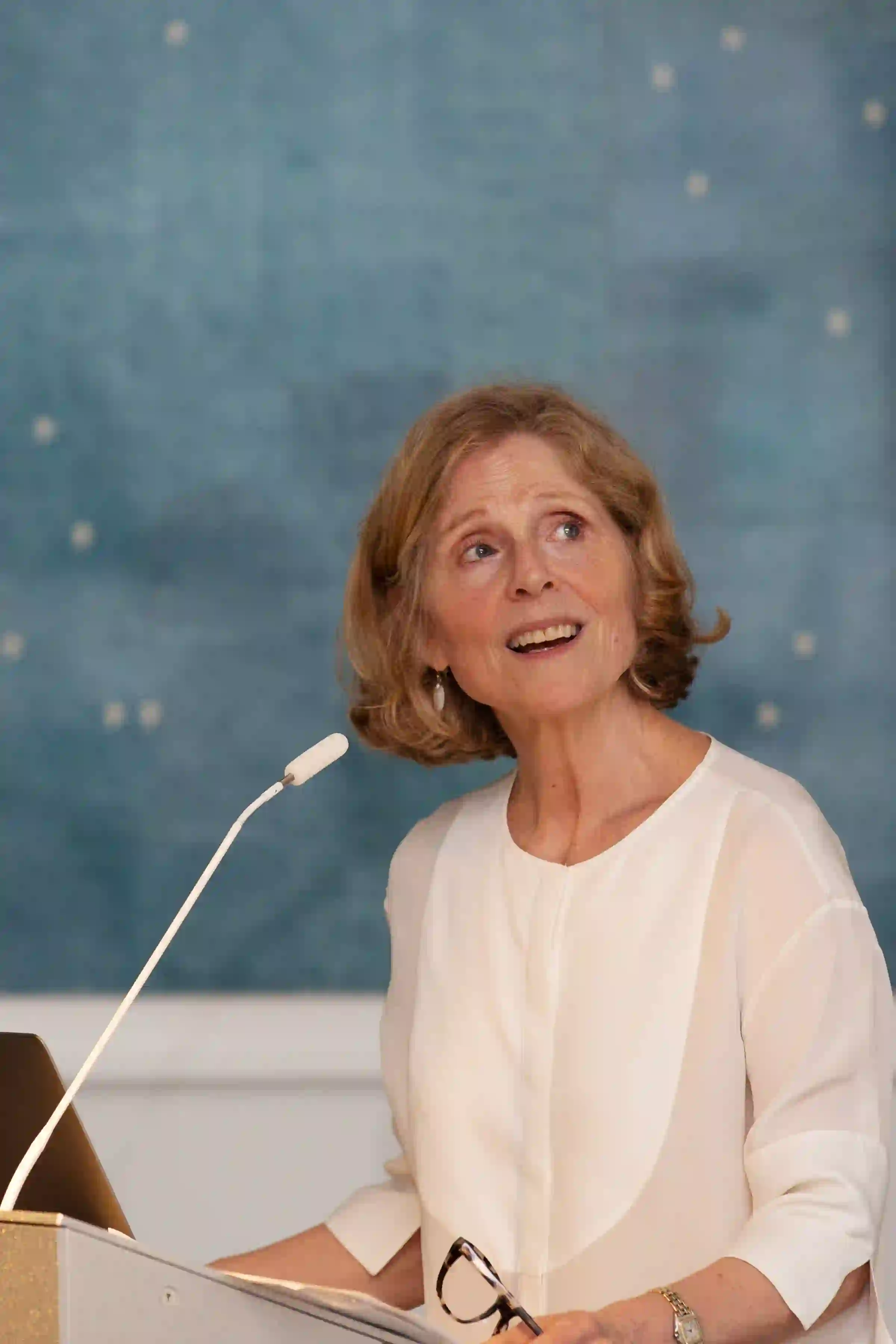
Additional details on each program and lecturer follows below:
At Borders: Arte Povera on the Edge
Francesco Guzzetti, Scholar-in-Residence, Magazzino Italian Art Foundation
May 18, 3:00-5:00 p.m.
Guzzetti explored the notion of a border as a cultural and visual issue and essential concept in defining Arte Povera. The lecture parsed the works of the Arte Povera artists between the late 1960s and the 1970s, as well as focused on how the border was internalized in the practice of each artist at that time. Shifting between various meanings, the idea of a “border” is critical to establishing a comparison between the work of Conceptual artists at the turn of the 1960s.
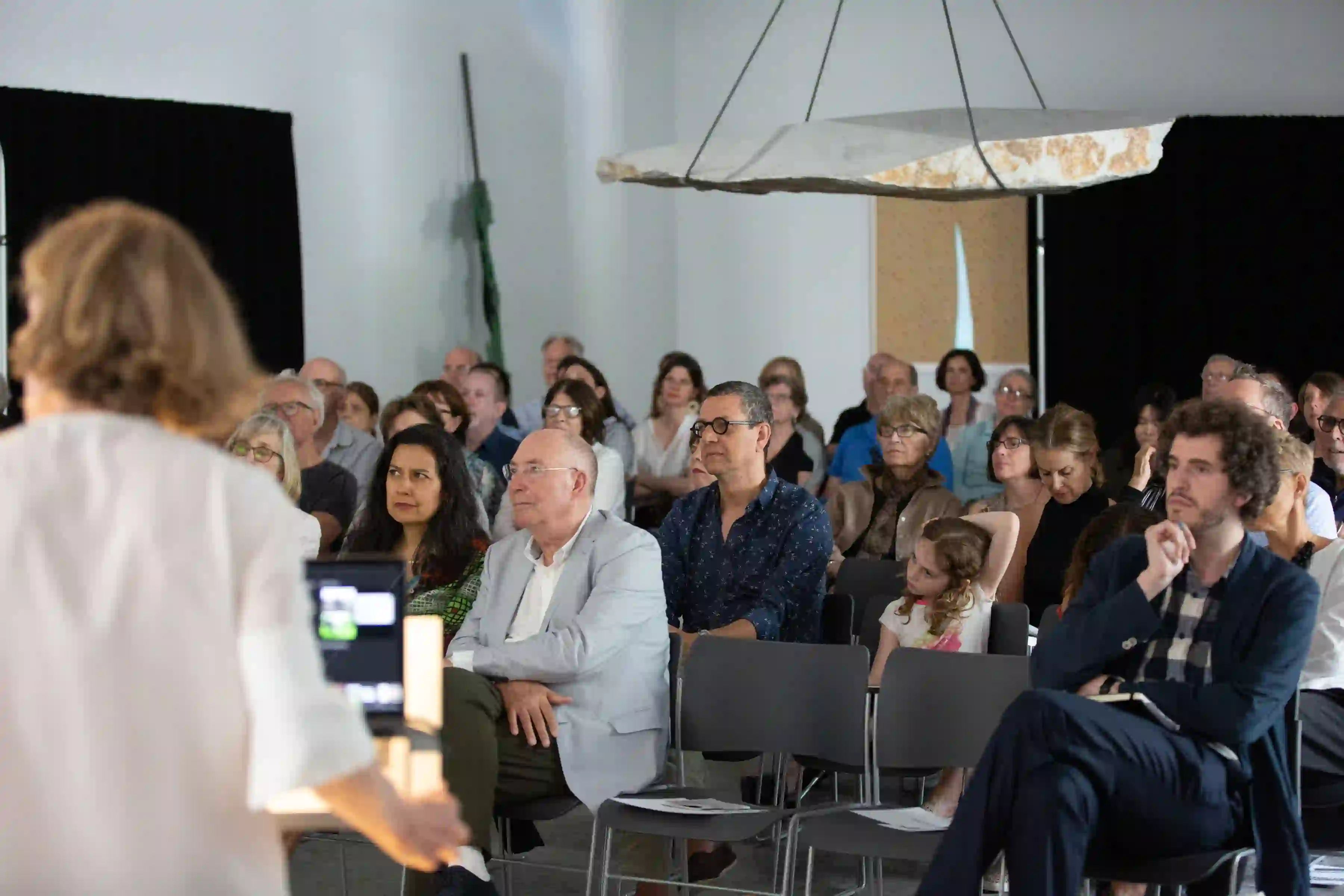

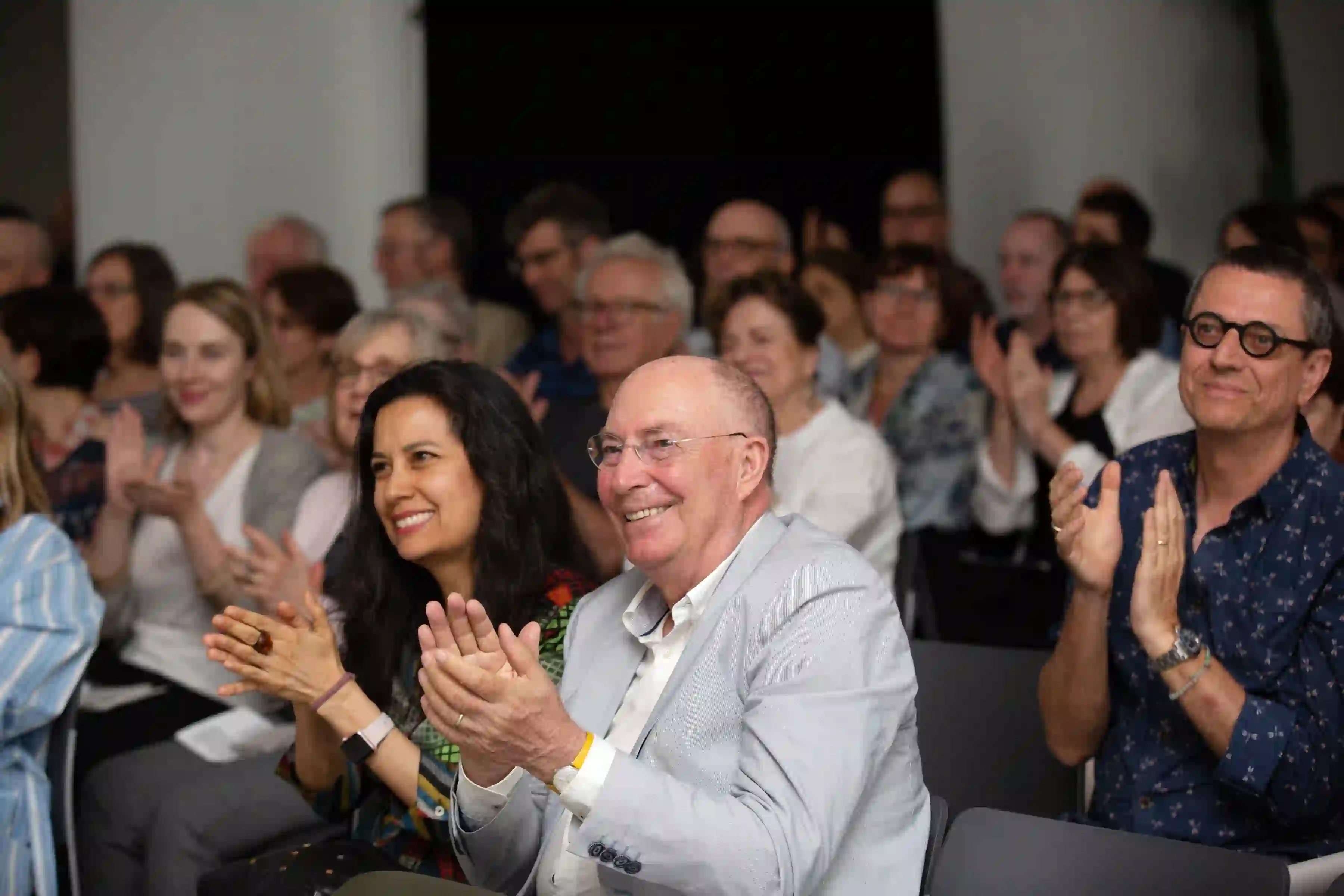
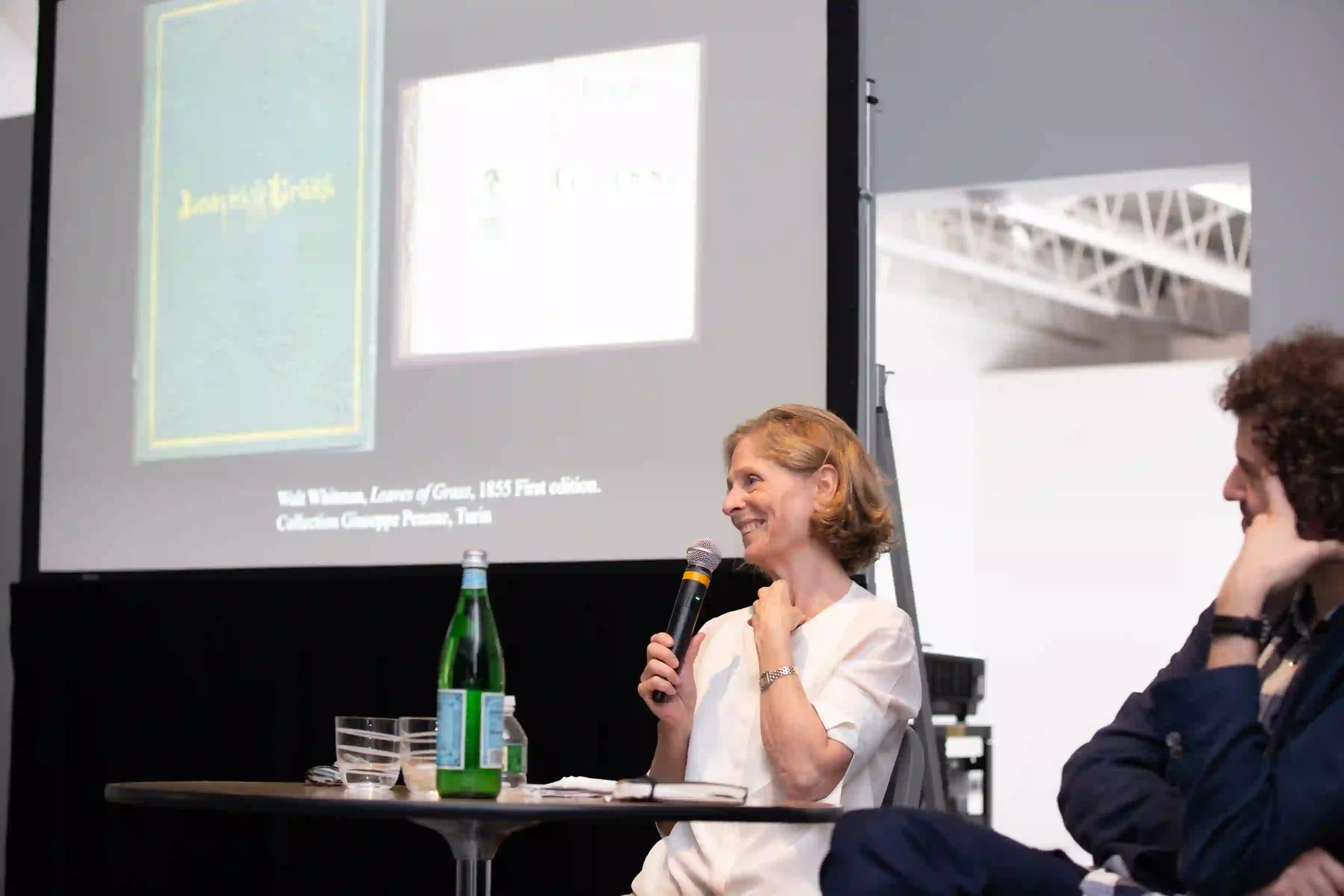
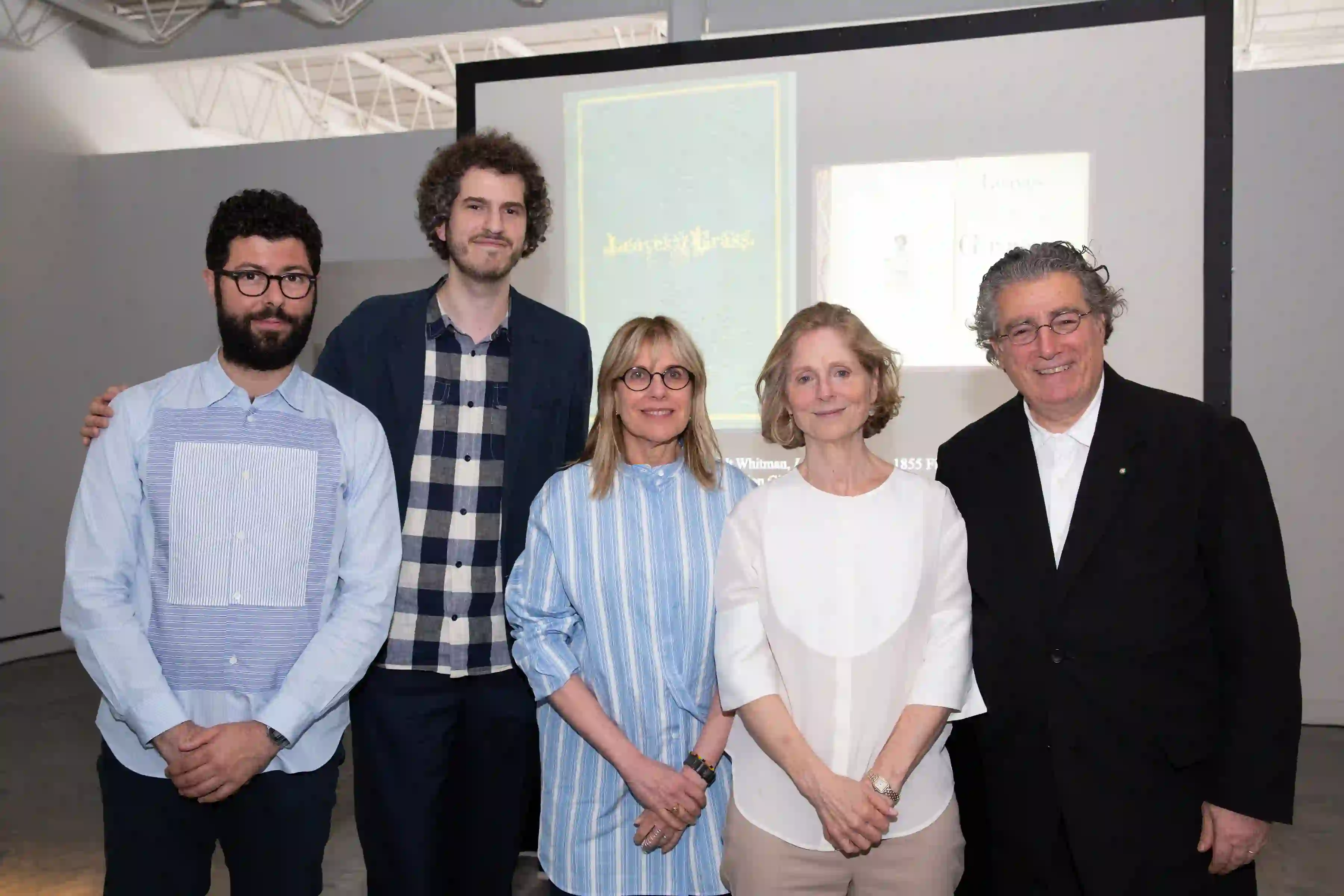
Leaves of Grass, Clay, and Bronze: Giuseppe Penone and Walt Whitman
Emily Braun, Distinguished Professor at Hunter College and the Graduate Center, CUNY
June 1, 3:00-5:00 p.m.
Penone is known for works inspired, and made, by the reciprocal actions of man and nature—in ways that critique millennia-long traditions of anthropocentrism in sculpture. With an eco-critical perspective, Braun explored parallels between Penone’s art and writings and the poetry of Whitman, specifically his Leaves of Grass (1855).
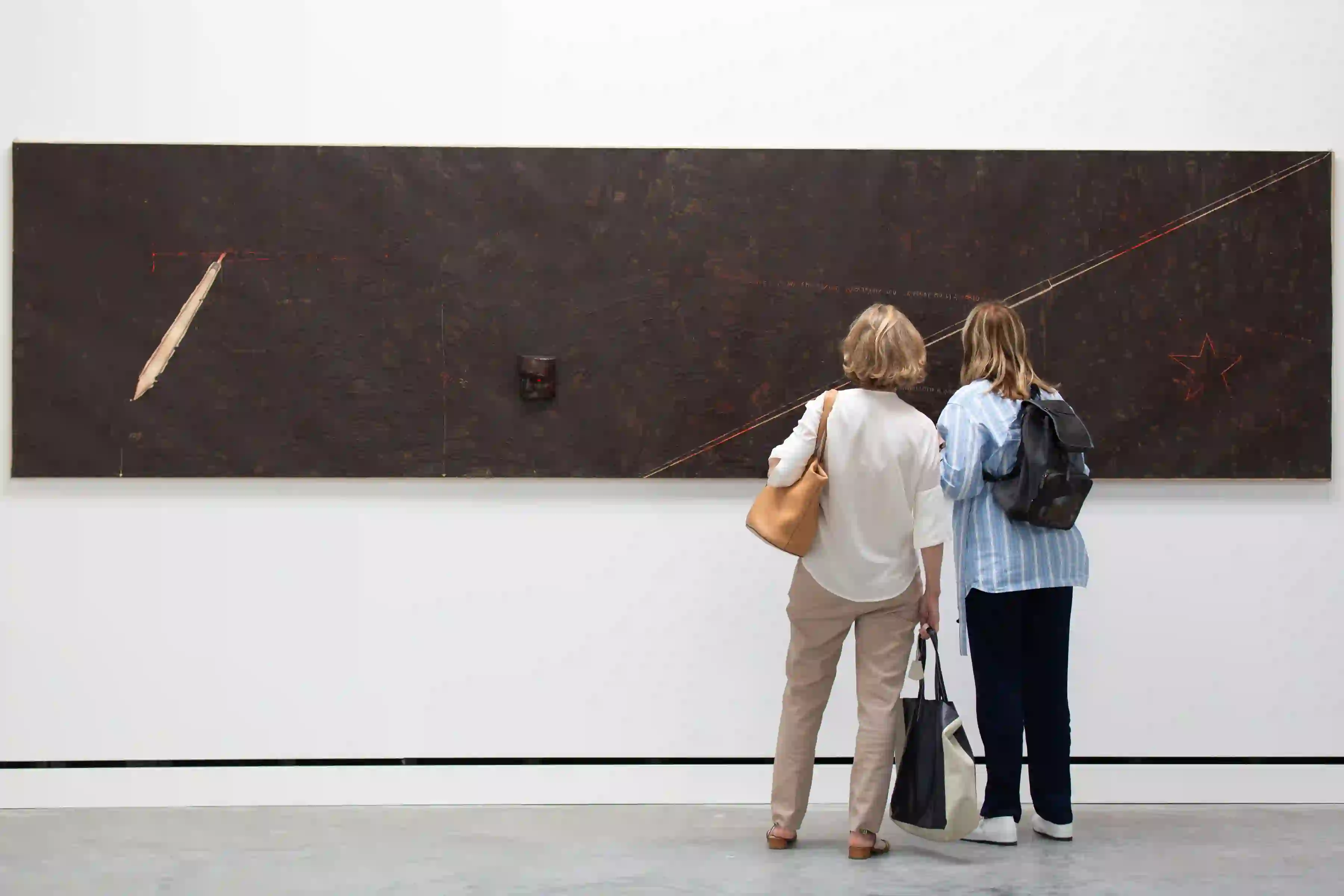

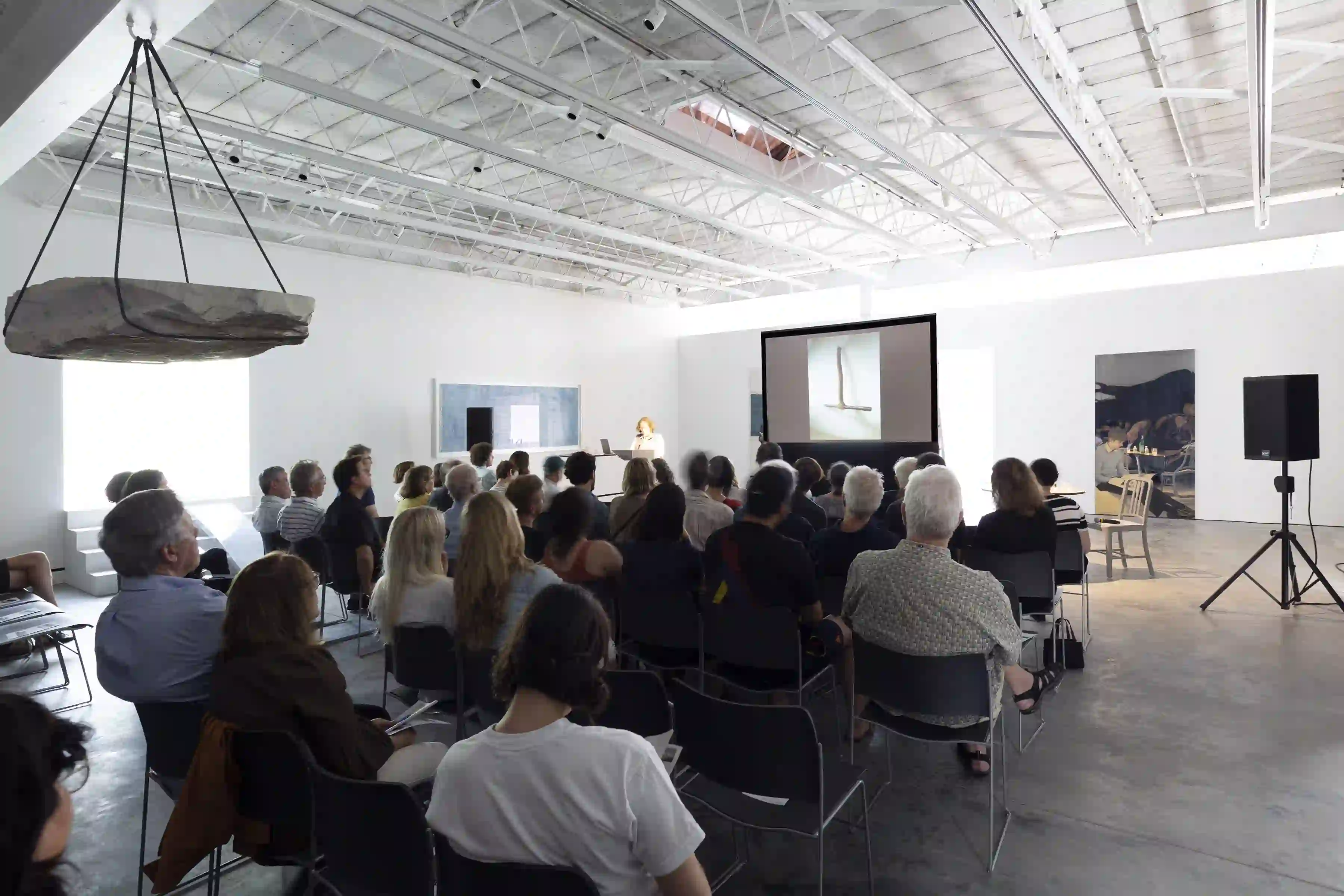
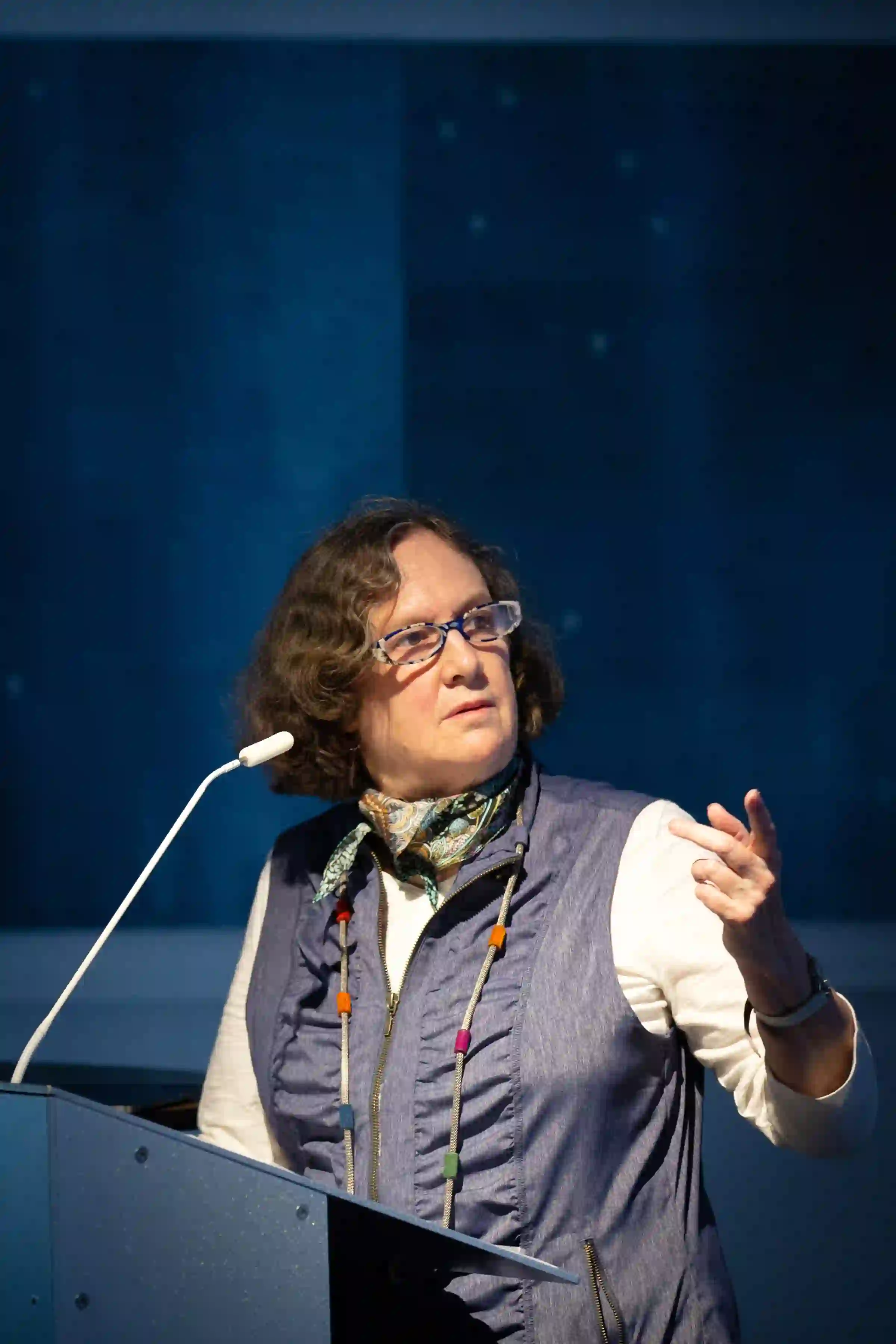
Giovanni Anselmo: 1965 to the Present
Anne Rorimer, Independent Scholar and Curator
June 8, 3:00-5:00 p.m.
Rorimer’s lecture focused on the work of Giovanni Anselmo and presented an overview of his career, beginning in 1965. The talk was divided into four parts to address: the artist’s early sculptures from the late 1960s pertaining to gravity; his works from the end of the 1960s/early 1970s that are predicated on language or photography; his installations using the projected word ‘particolare,’ begun in 1972; and, finally, installation works after 1978, which included his blue ‘Oltremare’ rectangles. Relevant points of contact between Anselmo and others of his generation who are associated with Post-Minimal and Conceptual Art were also considered.
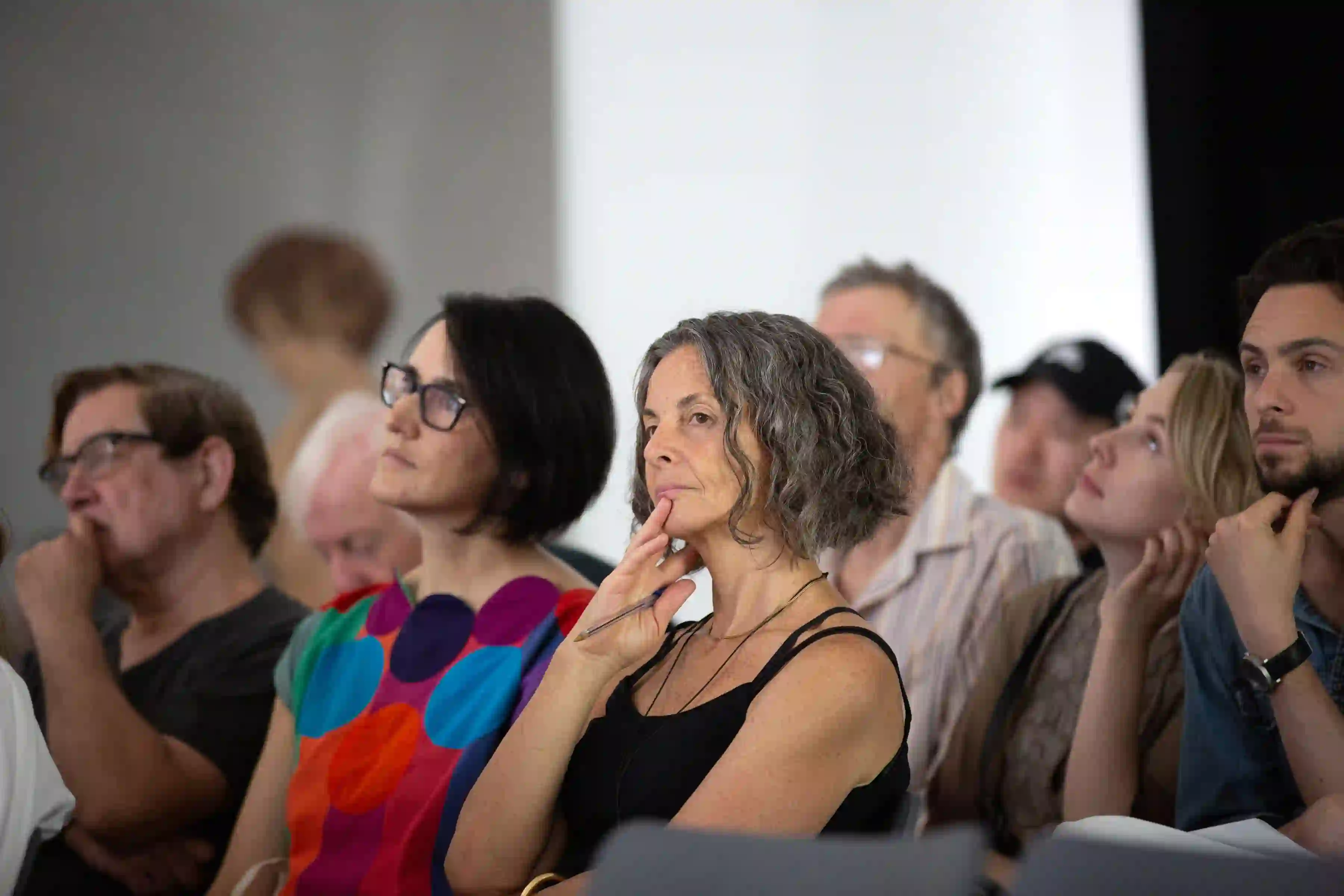
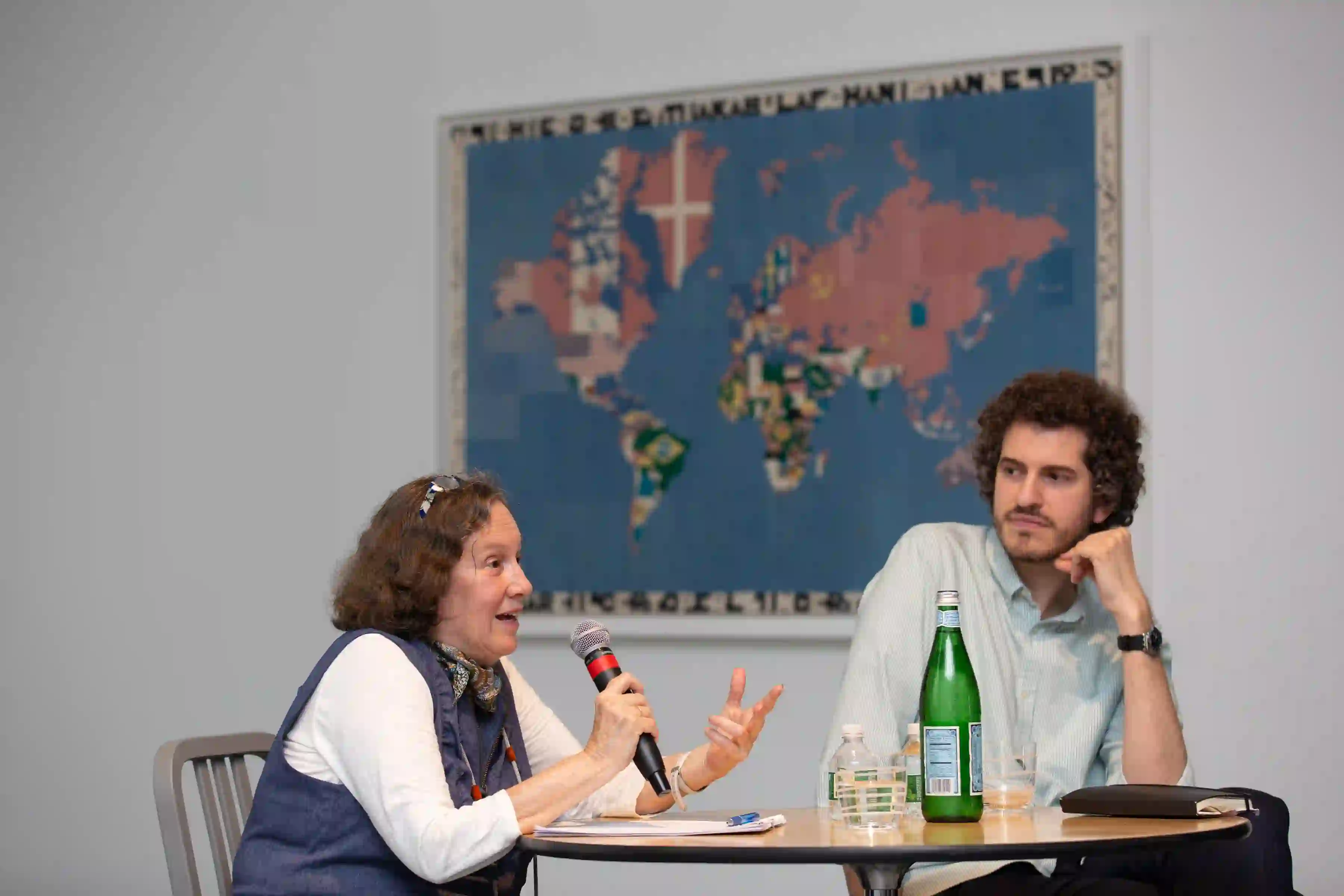
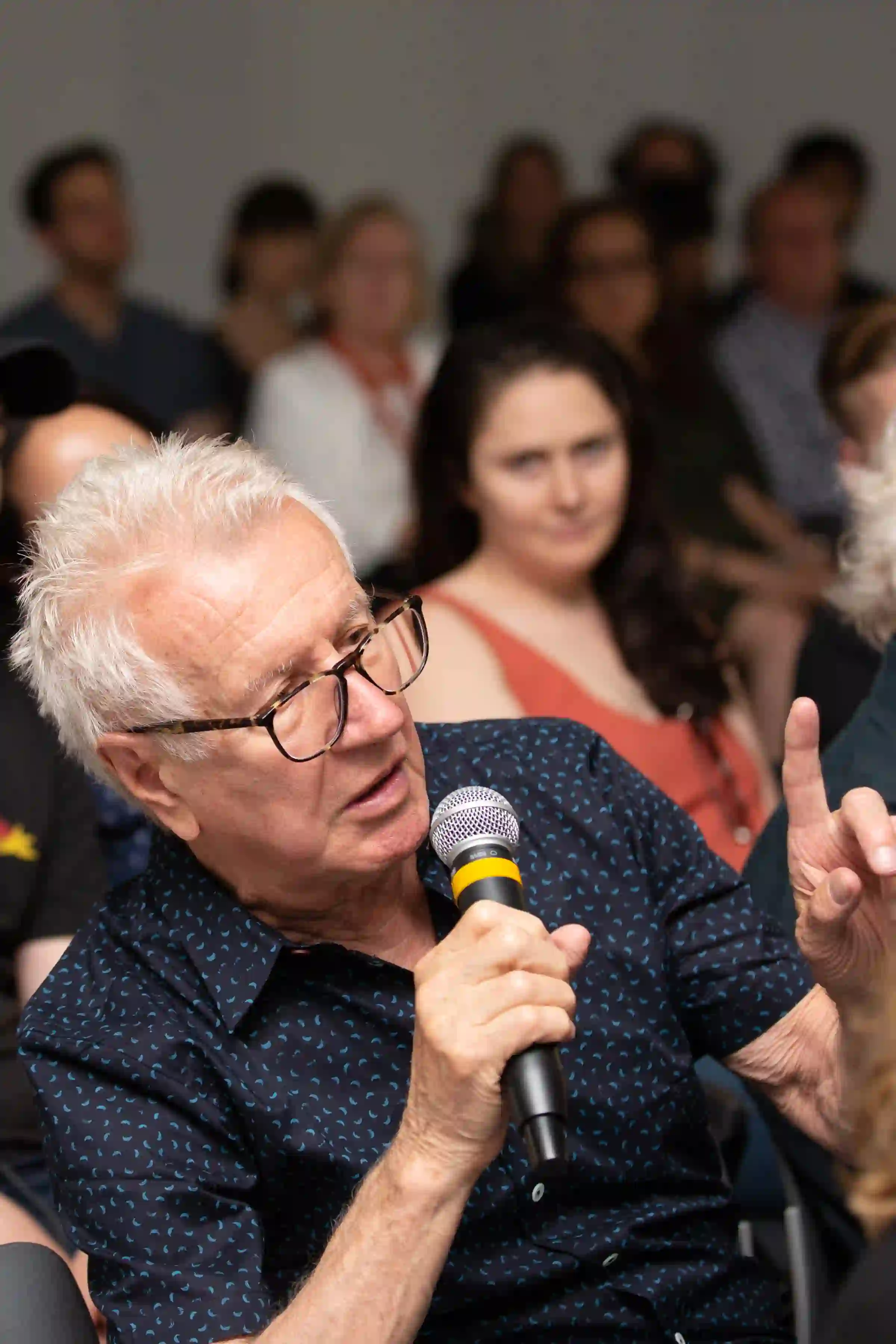
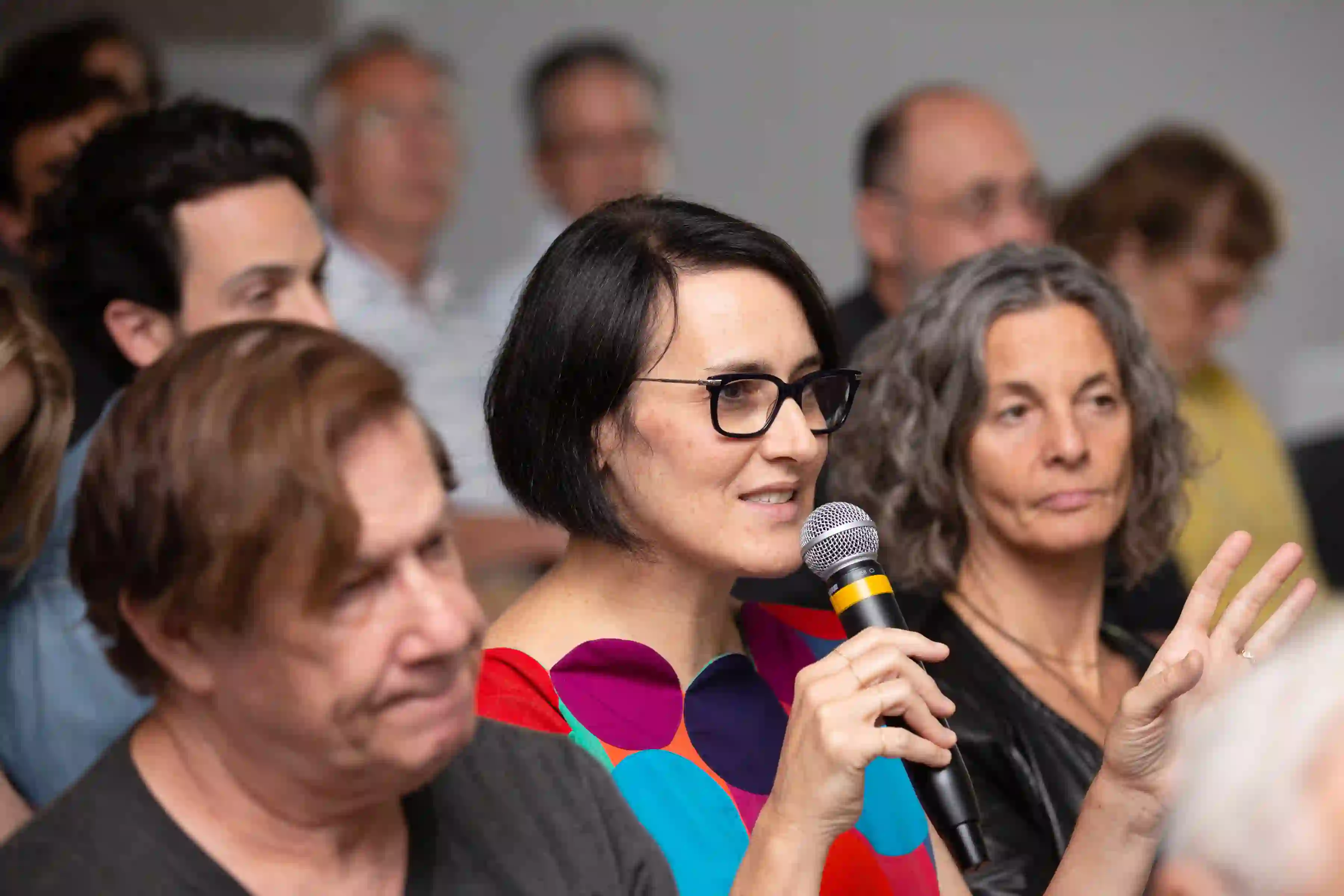
Recasting the Past: Amalfi ’68 and the Spaces between Exhibition and History
Erica F. Battle, John Alchin and Hal Marryatt Associate Curator of Contemporary Art, Philadelphia Museum of Art
June 15, 3:00-5:00 p.m.
Using the recent exhibition Arte Povera: Homage to Amalfi ’68 at the Philadelphia Museum of Art as a point of departure and case study, this lecture delved into the spaces between past events and the objects they leave behind for examination in the present. In the example of Amalfi ’68—a three-day event consisting of an exhibition, actions, and an assembly of minds—accounts abound that give credence to the energy, excitement, and extraordinary radicality pervaded the seaside town. The catalogue published by Rumma Editore after these three effervescent days speaks to the intensity of the gathering of artists, critics, and the public while also underscoring the volatility and vacillation of ideas discussed and debated that would define the future and fugitive tenets of Arte Povera in real time. Revisiting these events from fifty years ago, this lecture contended with the written accounts, archival images, and the objects as they can be re-presented today to share them anew with audiences in the 21st century.
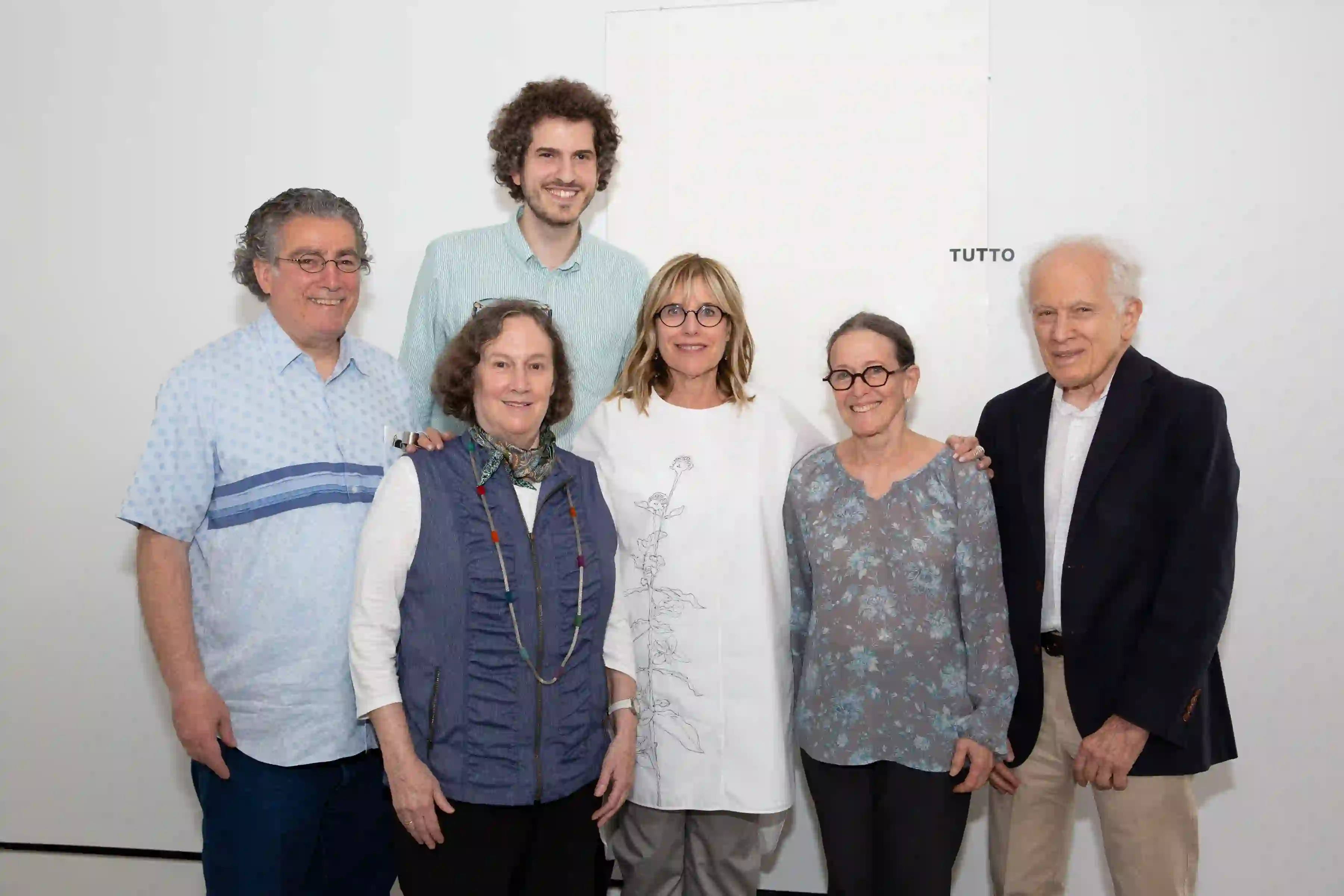
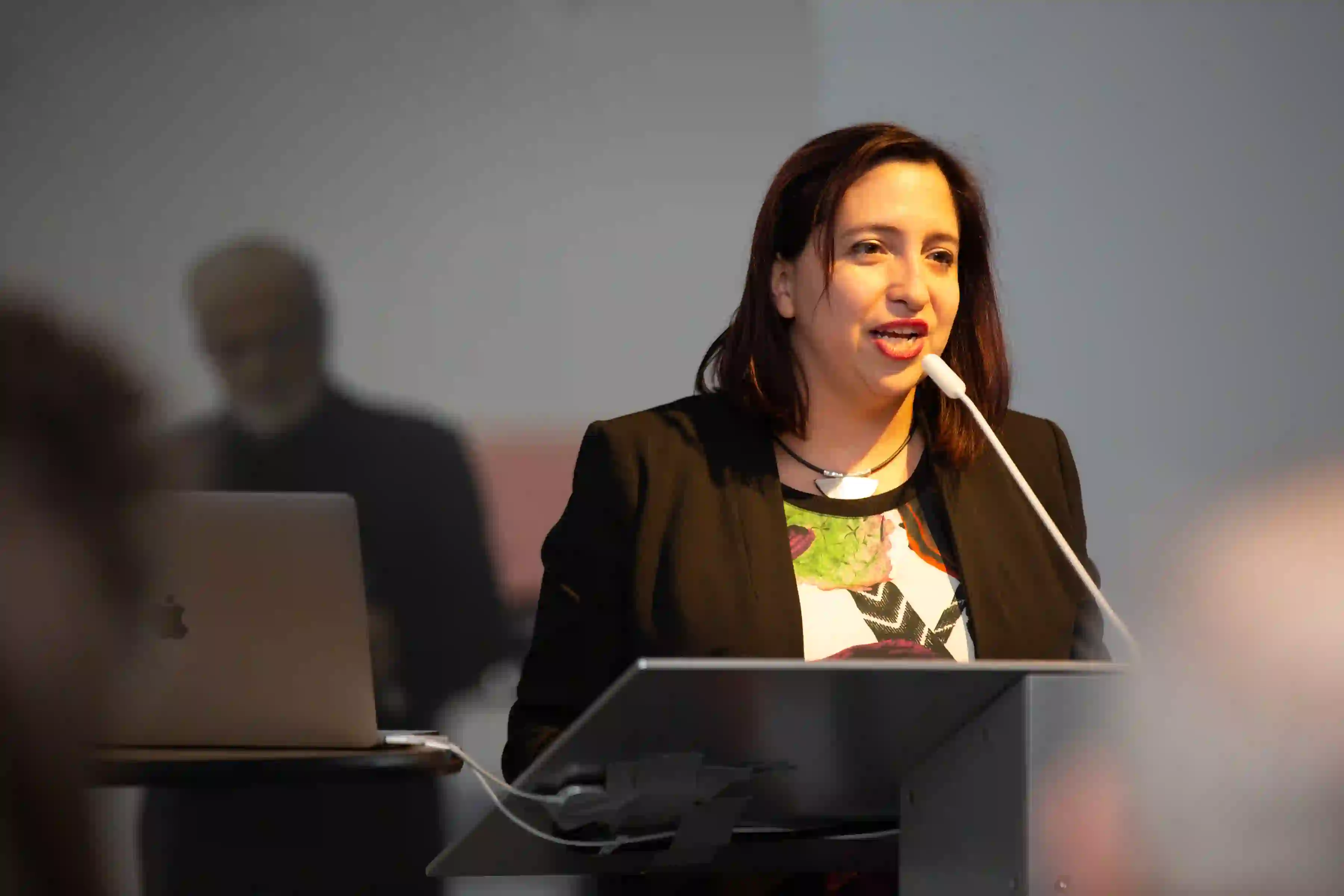
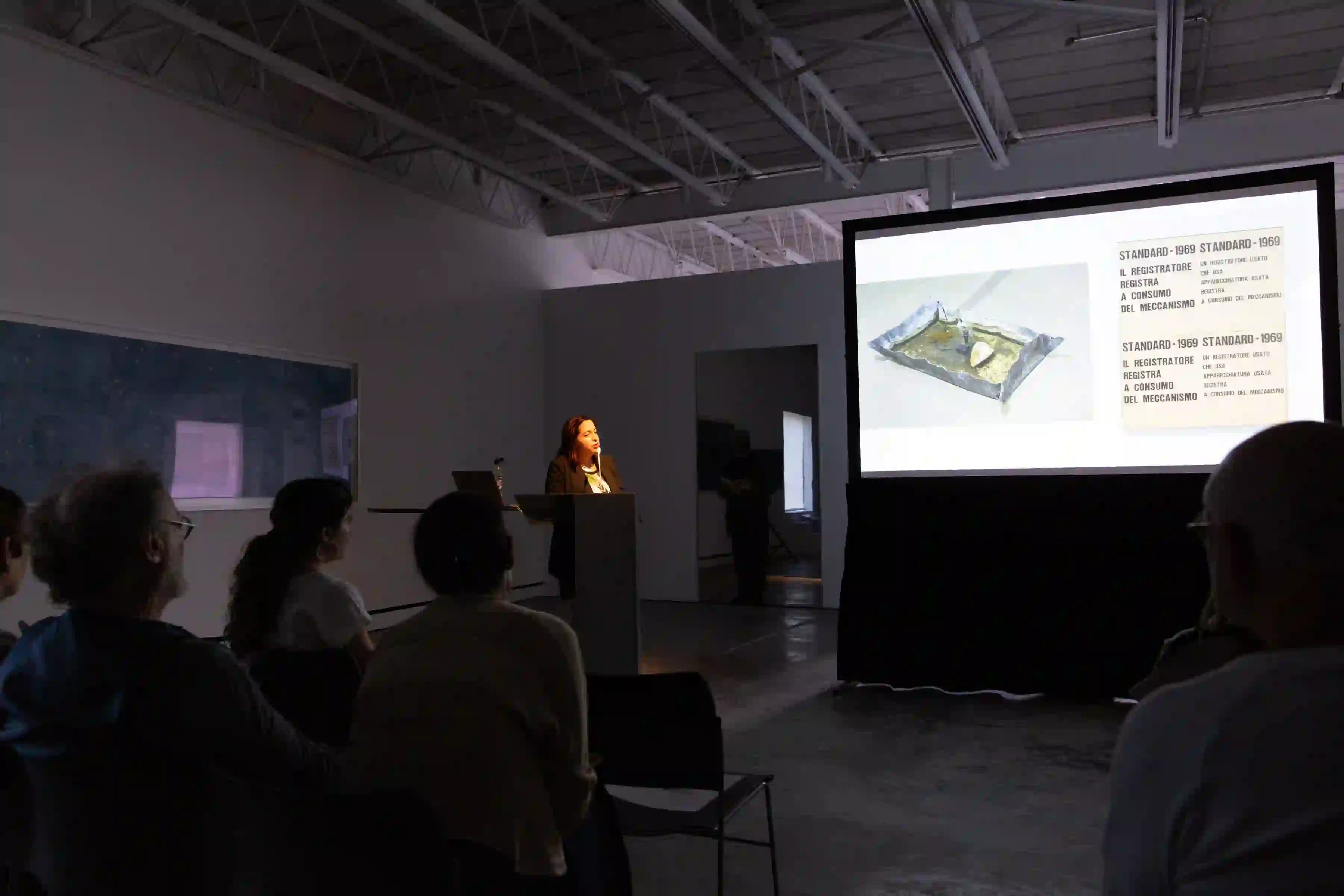
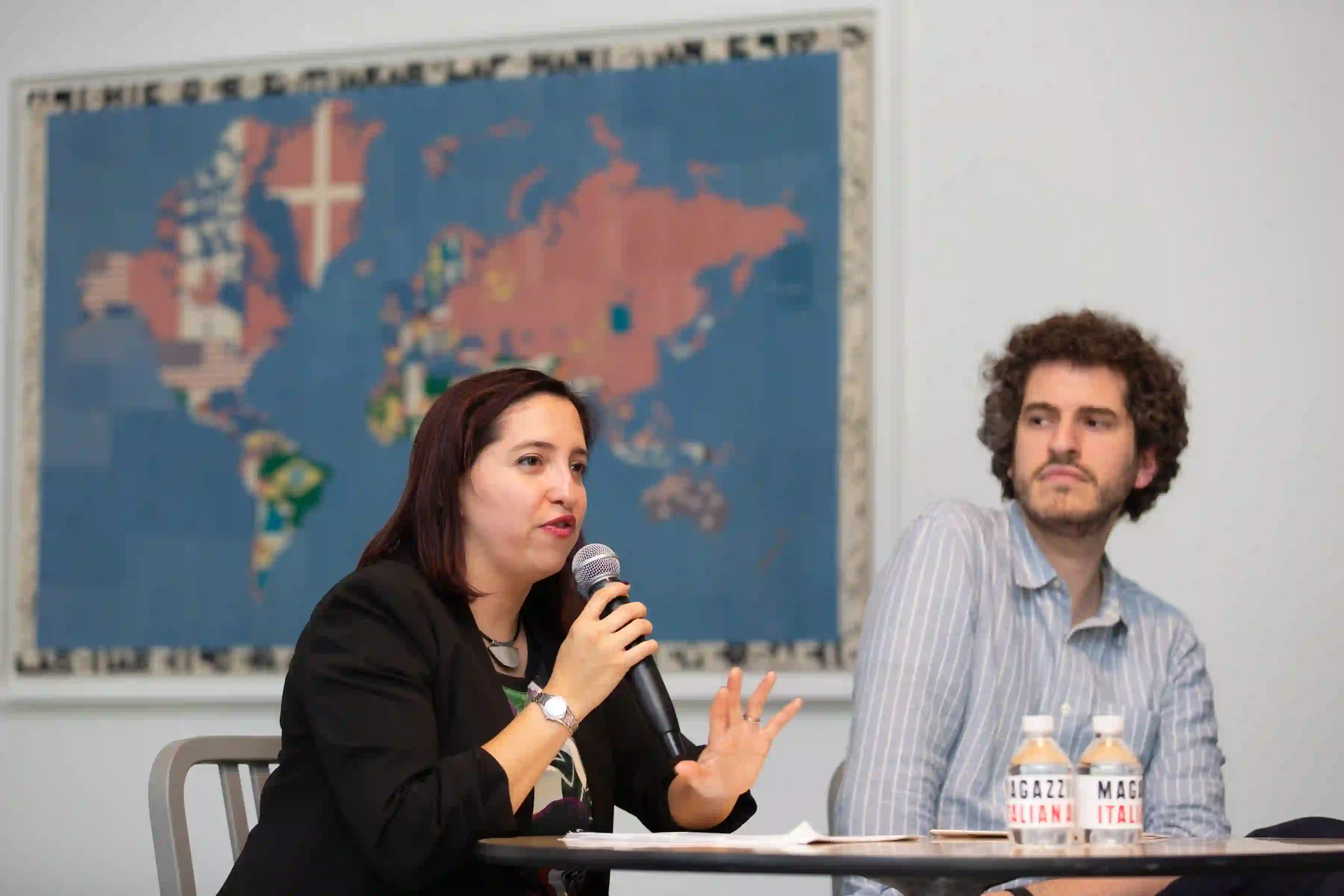
Each lecture lasted approximately 45 minutes and was followed by a Q&A session. Tickets were reserved free-of-charge on Eventbrite.
Ticketed guests were encouraged to take the 12:32 p.m. MetroNorth train from Grand Central, arriving to Cold Spring at 1:57 p.m. The Magazzino shuttle van was stationed in the parking lot of the Cold Spring train station at 2:00 p.m. Additionally, there was parking available on-site. Coffee and biscotti were served between 2:00 p.m. and 3:00 p.m., with the lecture beginning promptly at 3:00 p.m.
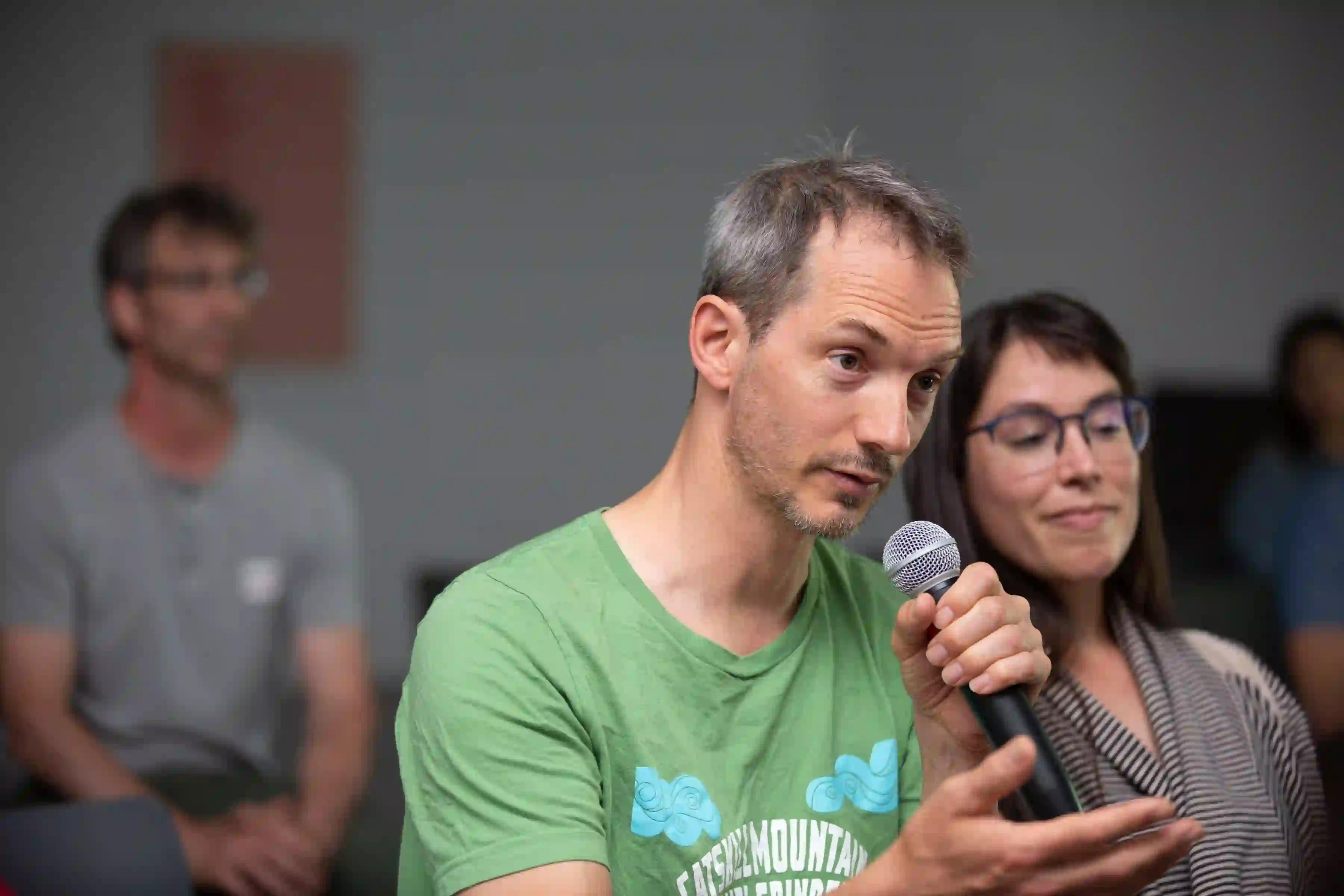
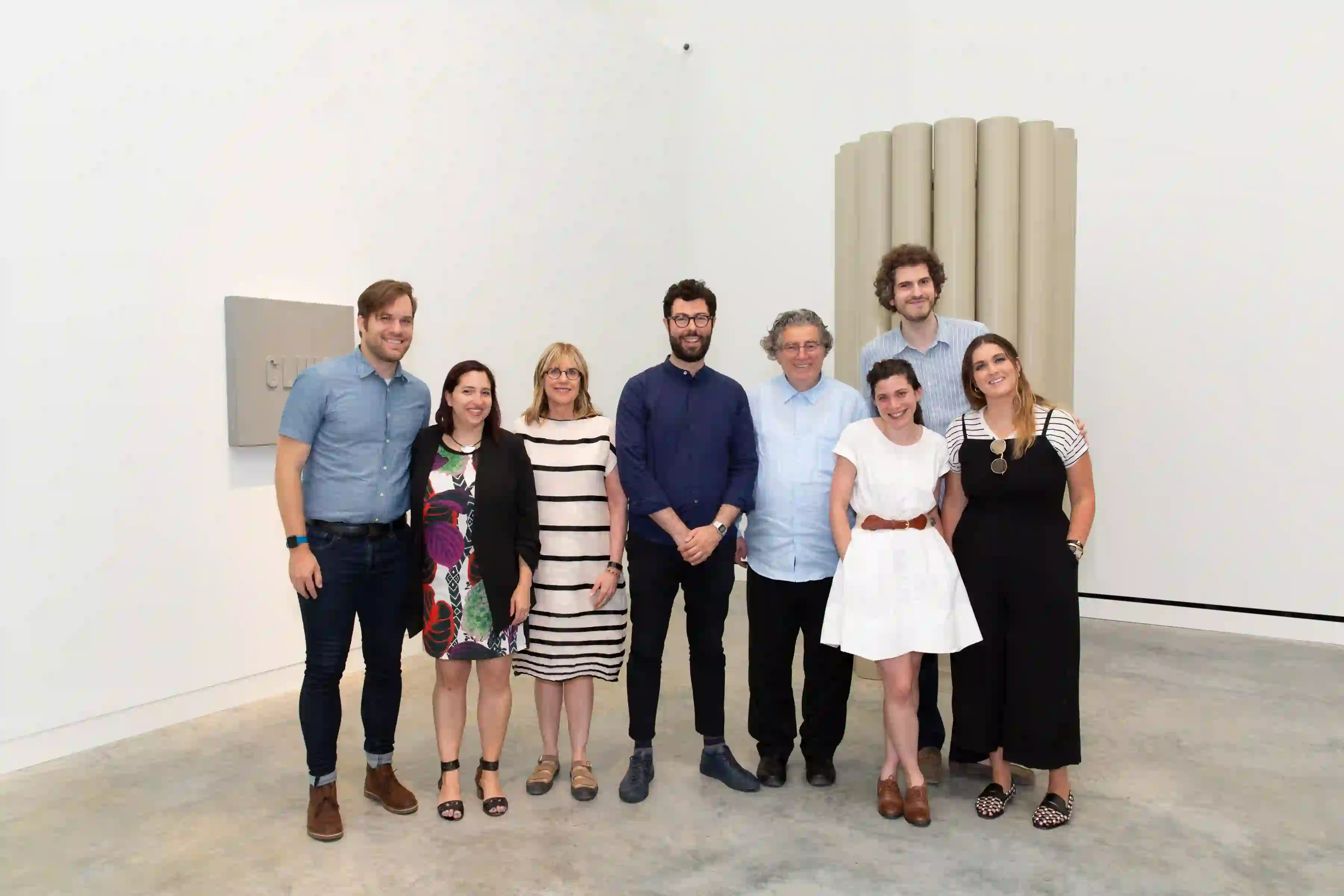
About Francesco Guzzetti
Francesco Guzzetti holds a doctoral degree in History of Modern and Contemporary Art from the Scuola Normale Superiore in Pisa. Most recently, Guzzetti was the Lauro De Bosis Postdoctoral Fellow at the Department of Visual and Environmental Studies at Harvard University in 2018. He was also the Postdoctoral Researcher at the Scuola Normale Superiore in 2017 and was a Visiting Student at CUNY Graduate Center and Research Fellow at the Center for Italian Modern Art in New York from 2014 to 2015.
His dissertation dealt with the work of the Arte Povera artists within the international network of Post-Minimalist and Conceptual Art in the 1970s. Building on his doctoral thesis, Guzzetti is currently working on a publication about major issues of visual culture in Italian art in the 1970s.
Guzzetti has participated in major international conferences and published several essays addressing numerous subjects in art history and history of collecting and criticism—spanning from the late 19th century to Postwar and Contemporary Art. He is the curator of the upcoming exhibition Paper Media: Boetti, Calzolari, Kounellis, which will be presented at the Samuel Dorsky Museum of Art in New Paltz, NY.
About Emily Braun
Emily Braun, Distinguished Professor, Hunter College, CUNY, teaches the history of art in Europe and the United States from the late 19th through the 20th centuries. Braun’s extensive writings on Italian Modernism and Fascist culture include her landmark book—Mario Sironi and Italian Modernism: Art and Politics under Fascism (Cambridge University Press, 2000)—as well as widely-cited essays on the Futurists, Giorgio Morandi and Giorgio de Chirico, and Magic Realism. In 2015, Braun organized Alberto Burri: The Trauma of Painting for the Solomon R. Guggenheim Museum, which received the Dedalus Foundation Exhibition Catalogue Award and recognition from the American Association of Museum Curators. Her writings on Postwar Art include essays on Lucio Fontana—including a catalogue contribution for the recent Met Breuer retrospective, Sol LeWitt, James Rosenquist, Mario Merz, and Giuseppe Penone. She has co-curated two exhibitions for the Jewish Museum, New York: The Power of Conversation: Jewish Women and their Salons (2005; National Jewish Book Award) and Gardens and Ghettos: The Art of Jewish Life in Italy (1989; winner of the Henry Allen Moe Prize). Her research has been supported by fellowships from the Getty Foundation and the New York Public Library Center for Scholars and Writers, among others.
An expert on Cubism, Braun has curated the Leonard A. Lauder Cubist Collection since 1987 and worked with Mr. Lauder on his transformative gift of the collection to the Metropolitan Museum of Art. In 2014, she co-organized the Lauder Collection exhibition at the Metropolitan Museum—whose catalogue received the Award for Excellence from the American Association of Museum Curators and the Henry Allen Moe Prize.
About Anne Rorimer
Anne Rorimer is an independent scholar who specializes in European and American art after 1965. From the early 1970s until the mid-1980s, she was a curator at the Art Institute of Chicago. She has published widely in art journals and exhibition catalogues and was co-curator of the exhibition Reconsidering the Object of Art: 1965-1975, organized by The Museum of Contemporary Art, Los Angeles in 1995. She is the author of New Art in the 60s and 70s: Redefining Reality, published by Thames and Hudson, London in 2001 and 2004.
About Erica F. Battle
Erica F. Battle is the John Alchin and Hal Marryatt Associate Curator of Contemporary Art at the Philadelphia Museum of Art. Her curatorial work focuses on artistic production from the neo avant-garde until today with interests particularly rooted in global art histories, the intersections of sound and performance with traditional media, and the role of contemporary art within encyclopedic museums.
Select projects include: Arte Povera: Homage to Amalfi ’68 (2018-19); Agnes Martin: The Untroubled Mind (2018); Rachel Rose: Wil-o-Wisp, the inaugural Future Fields Commission in Time-Based Media, a collaborative initiative between the PMA and the Fondazione Sandretto Re Rebaudengo in Turin, Italy (exhibition and publication 2018); Bruce Nauman: Contrapposto Studies, I through VII (exhibition 2016; publication 2018); the Philadelphia presentation of International Pop, a major exhibition originating from the Walker Art Center, Minneapolis (2015-16); Allora & Calzadilla: Intervals, a collaboration between the PMA and the Fabric Workshop and Museum (2015); Dancing around the Bride: Cage, Cunningham, Johns, Rauschenberg, and Duchamp (exhibition and publication 2012); and Bruce Nauman: Topological Gardens, the official U.S. entry to the 53rd Venice Biennale, which garnered the Golden Lion for Best National Participation in 2009.
